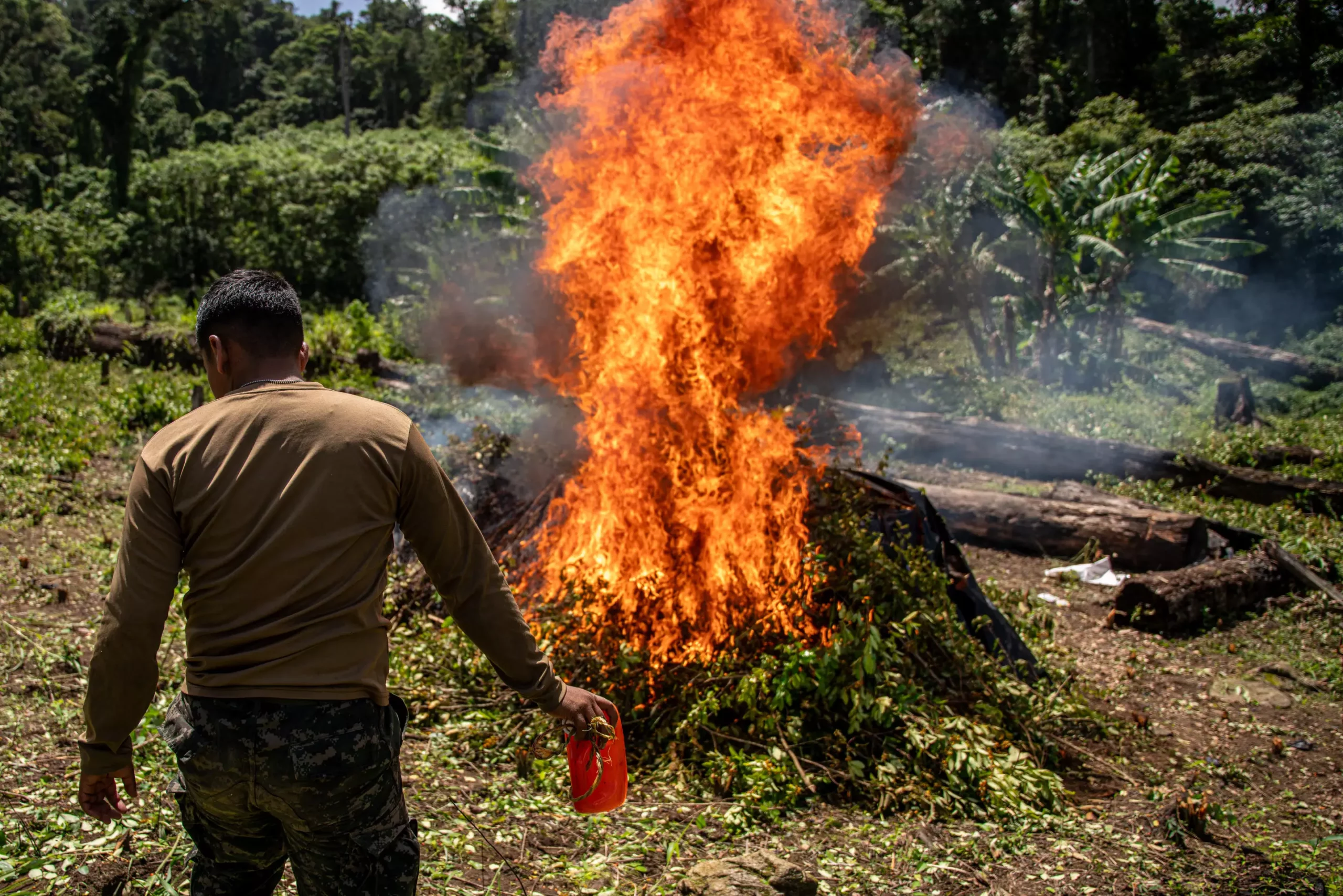For many years, the coca plant, the very source of cocaine, has predominantly found fertile ground in South America. As of late, however, research released from The Ohio State University has unearthed alarming findings: nearly half of northern Central America, specifically regions within Honduras, Guatemala, and Belize, presents an ideal environment for coca cultivation. The research highlights that about 47% of these territories possess the favorable climate and soil conditions necessary for large-scale production of this lucrative crop. This revelation marks a significant shift in the landscape of the global cocaine market and raises pressing questions about the narcotics trade’s future.
The impetus behind this research stemmed from increased media coverage of coca eradication efforts conducted by law enforcement in various Central American nations over the past few years. Researchers, including Kendra McSweeney, a geography professor at the university and co-author of the study, have pointed out that the historic monopoly of coca production in South America is in jeopardy—a development that carries serious implications for drug dynamics in the region.
Research Methodology: A Data-Driven Approach
The study, led by Paulo J. Murillo-Sandoval of Colombia’s Universidad del Tolima, meticulously combined data from numerous eradication operations and media reports, spanning from 2017 to 2022, to map out clusters of coca fields existing in Central America. As a unique aspect of their research, McSweeney and her colleagues employed machine learning algorithms to analyze soil, climate, and topographical characteristics in these new regions, comparing them to established coca-growing regions in Colombia. This approach mirrors assessments traditionally employed for legal agricultural crops, thereby offering insights into the potential establishment of coca farming in previously unconsidered areas.
Despite current exceptions where coca farming exists in these regions, the findings suggest that these activities could expand, particularly under the prevailing drug policies that have largely proven ineffective in curbing drug production and trafficking.
One might question why criminal organizations are venturing into coca cultivation in Central America, particularly given the existing surplus in South American coca production. Though no concrete explanations emerge from the study, several theories present potential motivations. According to Murillo-Sandoval, the cessation of armed conflict in Colombia in 2016 may present fresh opportunities for managing coca-related enterprises. Notably, nearness to the U.S. market, coupled with less stringent regulations on precursor chemicals necessary to convert coca into cocaine, makes Central America an appealing alternative for traffickers. Moreover, by relocating production closer to key markets, criminals could sidestep the stringent Coast Guard operations that aim to interdict drug shipments heading from South America.
The enticing prospect of reduced transportation risks and costs may also sway traffickers towards engaging in cultivation across Central America instead of continuing to rely on traditional suppliers in Colombia. As McSweeney aptly phrases it, the decision to cultivate coca in these new territories can be viewed as a “strategic business move.”
The researchers grappled with ethical dilemmas while deliberating on whether to publish their findings. Their concerns revolved around potentially supplying organized crime entities with tactical intelligence about ideal coca-growing conditions. Additionally, they feared that law enforcement agencies might exploit their research to target rural populations unwittingly affected by proximity to coca cultivation. Ultimately, their Central American collaborators advocated for transparency and public awareness, asserting that the populace has a right to understand the evolving nature of the drug trade in their regions.
The preliminary conclusion offered by McSweeney and her team cautions that while coca farming remains rare currently, conditions may kindle growth should ineffective policies persist. They reiterate that experiencing an upsurge in coca cultivation would depend not just on the market dynamics but also on how local governments react to these emerging threats.
Reflections on eradicating coca crops unveil a troubling revelation: traditional methods of suppression and interdiction merely scatter coca cultivation into new territories without addressing underlying issues. The researchers argue for a re-examination of drug policies that emphasize innovative approaches over punitive measures. The study resonates with historical lessons from Colombia and the ineffectiveness of forceful eradication strategies.
It is evident that with Central America poised to become a focal point for coca cultivation, stakeholders must champion new, constructive strategies to tackle this persisting dilemma. The insights provided by this recent study should serve as a catalyst for discussions among policymakers, law enforcement, and community leaders, advocating for productive and sustainable solutions to combat the complex realities of the global drug trade. Rather than simply drawing lines in the sand against coca’s expansion, the focus should shift towards holistic strategies that recognize and address the multifaceted nature of this persistent issue.


Leave a Reply